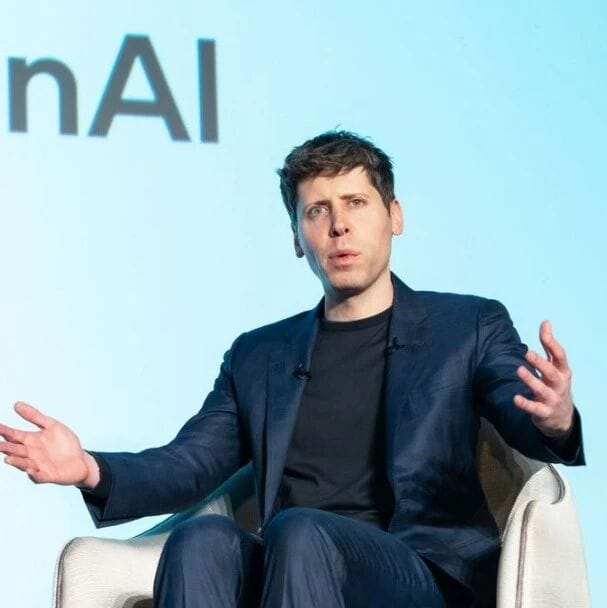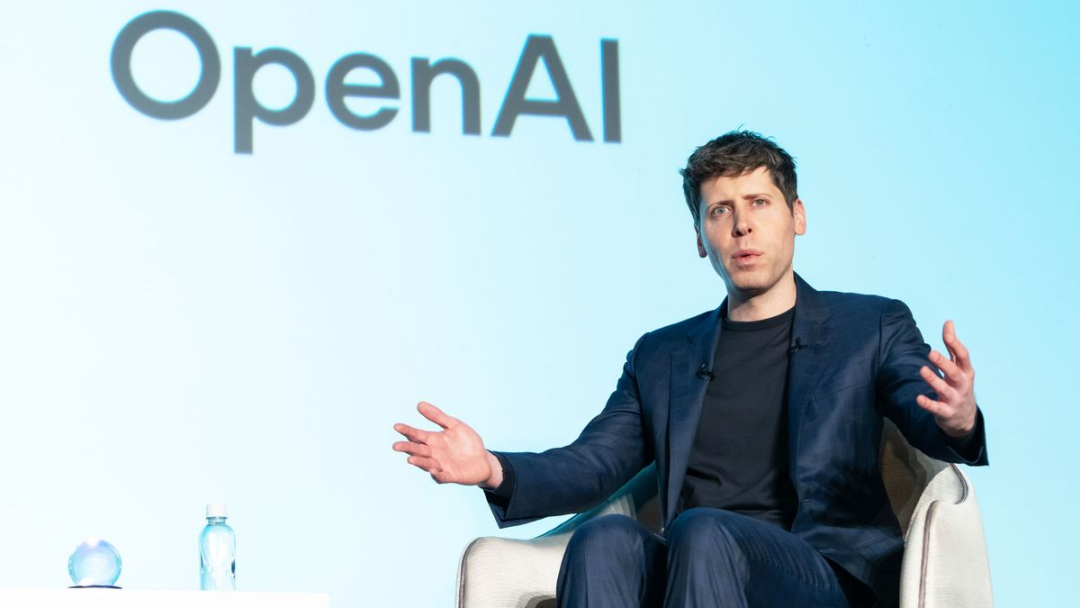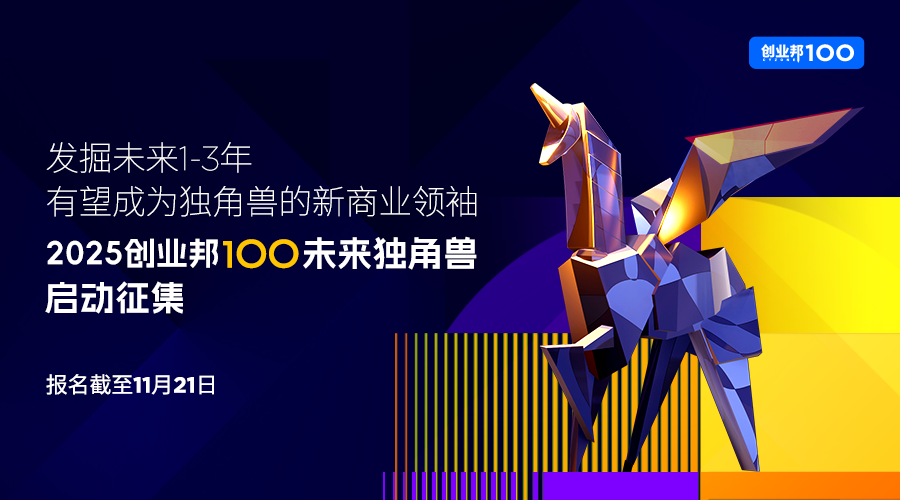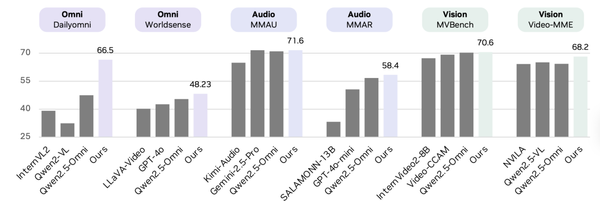Elon Musk's Biggest Rival Transformed as the Largest IPO in History Nears

No Way Back: A High-Stakes Gamble



Source: Sina Technology (ID: techsina)
---
Overview
With a valuation of $500 billion, OpenAI is now:
- The world’s highest-valued startup
- The leader in generative AI
- Regarded by Elon Musk as his biggest rival
Following its restructuring, the company is poised for the largest IPO in history, potentially by 2027.
---
Transformation from Nonprofit to Tech Giant
Originally a 2015 nonprofit AI research organization focusing on “AGI that benefits all of humanity,” OpenAI has:
- Transitioned into a profit-driven technology powerhouse
- Driven trillion-dollar infrastructure investment
- Completed a decade-long transformation full of power struggles — most notably between Elon Musk and Sam Altman
Under Altman’s leadership, OpenAI signed strategic investment and technology agreements with:
- Microsoft, Oracle
- NVIDIA, AMD
- SoftBank, Broadcom
Result: AI partner stocks surged, with joint market caps rising over $630 billion after partnership announcements.
---
Foundation Retains Control
OpenAI now operates under a dual-layer structure:
- OpenAI Group PBC — profit-generating, majority-owned by investors and employees (74%)
- OpenAI Foundation — nonprofit owning 26% stake (~$130B), with board control
Key facts:
- Microsoft: 27% stake (~$135B), largest external investor
- Sam Altman: no equity due to conflict-of-interest rules
---
Microsoft–OpenAI Agreement Highlights
Following restructuring:
- Cloud Purchases: $250B worth from Microsoft Azure
- IP Rights: Use of OpenAI models/products until 2032
- Exclusive Status Removed: Azure no longer sole compute provider
- AGI Verification: Independent expert panel required
- Independent AGI Development Allowed: Joint or separate projects permitted
Impact:
Microsoft maintains investor interest and product integration, but OpenAI can freely form cloud alliances (Google, Oracle, etc.).
---
Musk’s Opposition & Legal Battles
Elon Musk, OpenAI co-founder and early chairman:
- Initially pledged $1B donation, gave $100M
- Resigned in 2018 citing Tesla AI conflict, but truly left over CEO role dispute
- Accused OpenAI of mission betrayal, monopolistic partnerships
- Filed 6 lawsuits within 18 months
- Attempted $97.4B joint buyout with Zuckerberg — called a “Sham Bid” by Altman
OpenAI countersued Musk for harassment and disruption.
Court findings:
Musk himself had proposed for-profit conversion in 2017.
---
The Rise of xAI
In 2023, Musk launched xAI, producing Grok LLMs within 6 months:
- Grok-4 rivals GPT-5 in certain tasks
- Secured NVIDIA investment
- OpenAI’s top competitor
---
Altman’s Trillion-Dollar Infrastructure Gamble
By 2025, OpenAI deals signed total >$1.5 trillion, including:
- Stargate Project: $500B AI data center (Oracle & SoftBank)
- Oracle Cloud: $300B over 5 years
- Microsoft Azure: $250B commitment
- NVIDIA: $100B GPU investment
- AMD: 6GW processors + up to 10% equity warrants
- Broadcom: 10GW custom AI accelerators
- Samsung, SK Hynix: Memory chip agreements
Structure: "Circular financing" — suppliers also become investors.
Financial risks:
- Spending $2.25 per $1 earned
- Projected 2025 losses: $14B
- Funding gap remains until IPO
---
Altman’s Belief
> “Future models will advance dramatically and demand will skyrocket. We must invest aggressively in infrastructure now.”
Target: Add 1 GW/week of compute (~$20B each), aiming for industry-wide support.
---
Industry Context: Distributed AI Economies
Beyond trillion-dollar bets, creator-driven economies are emerging.
Example: AiToEarn — open-source, global AI content monetization platform:
- AI-generated content publishing across Douyin, Kwai, WeChat, Bilibili, Xiaohongshu, Facebook, Instagram, LinkedIn, Threads, YouTube, Pinterest, Twitter/X
- Integrated analytics and model rankings
- Empowers creators & small teams to monetize multi-platform AI content efficiently
---







---
Summary
OpenAI’s transformation and massive infrastructure deals mark a point of no return:
- Success could reshape human society through AI
- Failure risks systemic industry crisis
While giants like OpenAI stake unprecedented capital, distributed AI monetization platforms like AiToEarn官网 and AiToEarn博客 show alternative paths — unlocking AI's economic value by equipping creators everywhere.
---
Would you like me to also create a concise, investor-ready executive summary table from this — highlighting valuation, IPO timeline, major deals, risks, and competitive landscape? That would make this document even more board-meeting ready.




